Your Cart is Empty
15 Things Wrong With The Fashion Industry: And How To Fix
There are many things wrong with the fashion industry, we’ve counted 15 key problems.
Our relationship with clothes has dramatically changed since the advent of fast fashion. It has become rare to ‘make do and mend’. More often than not we simply throw clothes away.
Fashion seasons continue to get shorter. Styles come and go. You can now buy clothes that last little longer than your weekly shop.
With bursting wardrobes and a continuous appetite for more, few consider what the problem is with fast fashion.
Here we will do just this. Let’s look at the problem with the fashion industry today.
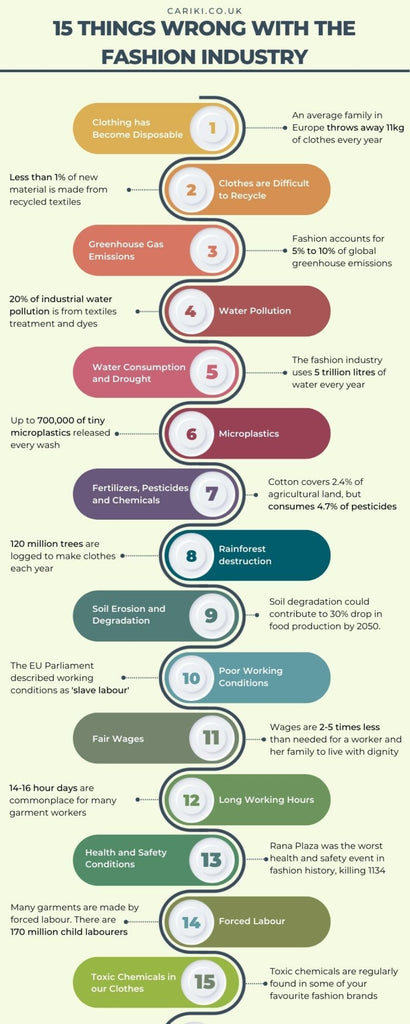
What's wrong with the fashion industry?
There are many things wrong with the fashion industry. Fast fashion is the second largest polluter in the world after the oil and gas sector. It’s responsible for 1.2 billion tonnes of greenhouse gas emissions annually.
If every UK household were to calculate their emissions from clothing, it would be the same as driving a modern car for 6,000 miles.
Yet there are solutions. Here we will list the 15 things wrong with the fashion industry, and give guidance on how to fix it.
-
Clothing has become disposable
Old clothes have become disposable. A family in Europe throws away an average of 11 kg of clothes each year. Around 15% of this is actually recycled.
64% of clothing is synthetic. This takes hundreds of years to decompose, and releases toxins into the ground as it does.
What can I do about it?
- Buy natural or eco-friendly fabrics
- Buy fewer items that are better quality and last longer
- Pledge to wear each item of clothes a minimum of 30 times
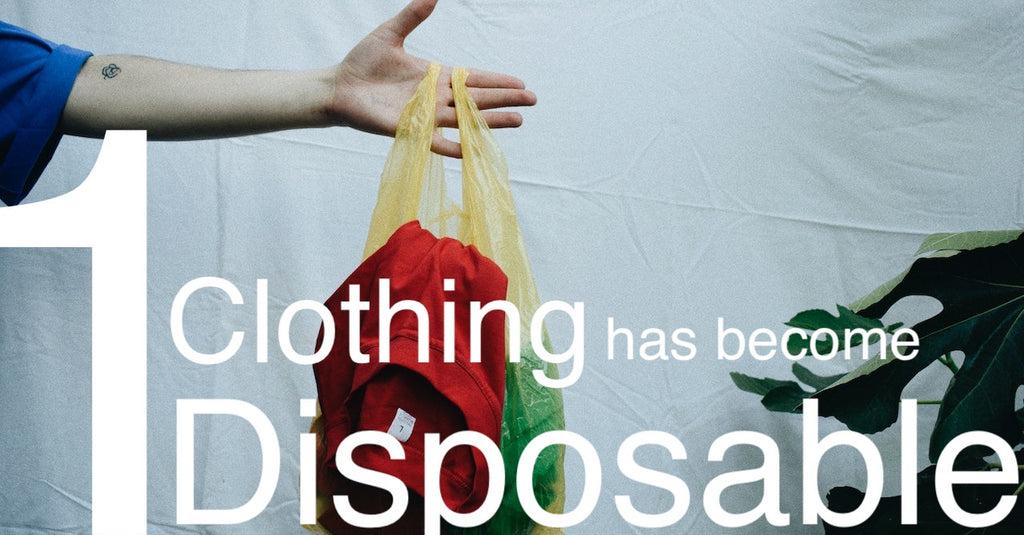
2. Clothes are difficult to recycle
Most clothes contain a mixture of different materials. It’s common to see blends of man made synthetics like nylon or polyester alongside cotton or spandex. This makes the finished product more breathable and stretchy.
The problem is that it also makes the fabric difficult to recycle. Technology is only just catching up to the need to recycle fabric blends into new clothes, but it remains rare. Less than 1% of new materials made today are from pre and post consumer recycled textiles.
What can I do about it?
- Avoid buying new clothes where possible, opt for second hand instead
- Donate old and unwanted clothing to charity shops
- Recycle in charity shops or at high street collection points
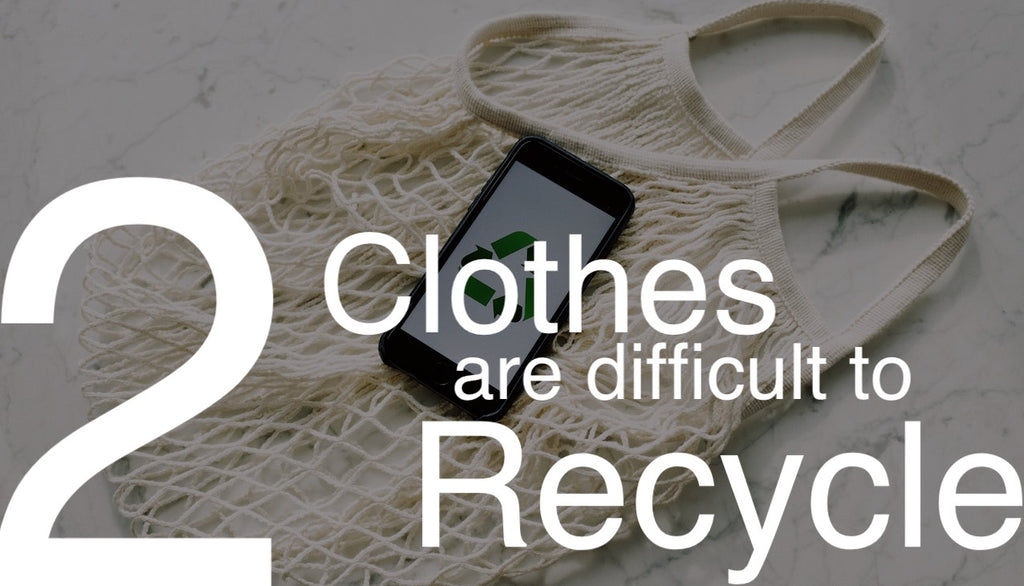
-
Greenhouse gas emissions
There’s no denying that fast fashion is one of the largest emitters of greenhouse gases. This makes it incredibly bad for the planet.
For every 1 kg of cotton, the fashion industry generates 23 kg of greenhouse gas emissions. Synthetic fibres are also made from fossil fuels. That’s why fashion pollution accounts for between 5% to 10% of total global emissions.
It doesn’t stop there, either. Once home, 1kg of clothing emits another 11kg of carbon through washing, drying and ironing.
So what can I do about it?
- Try to buy clothes from countries powered by renewable energy
- Look for sustainably rated fabrics, check our Sustainable Ranking Guide here
- Buy vintage clothes
- Look for the carbon neutral or earth positive fashion label
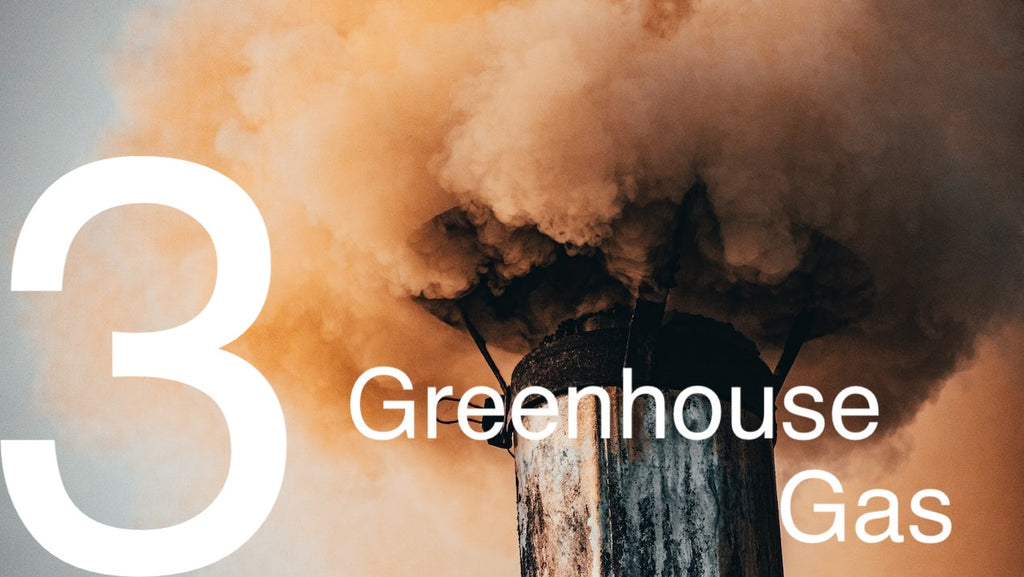
-
Water pollution in the fashion industry
Most garments are made in countries that have little care for the environment. This means that wastewater is often left untreated and dumped directly into rivers.
Lead, mercury and arsenic are among the harmful chemicals that often pollute local waterways. Another common pollutant is chemical fertilisers from cotton production.
What can I do about it?
- Choose clothes from countries with strict environmental safety and regulation e.g. Europe, America, Canada etc.
- Choose fibres that do not require chemicals to grow (e.g. organics, Tencel etc)
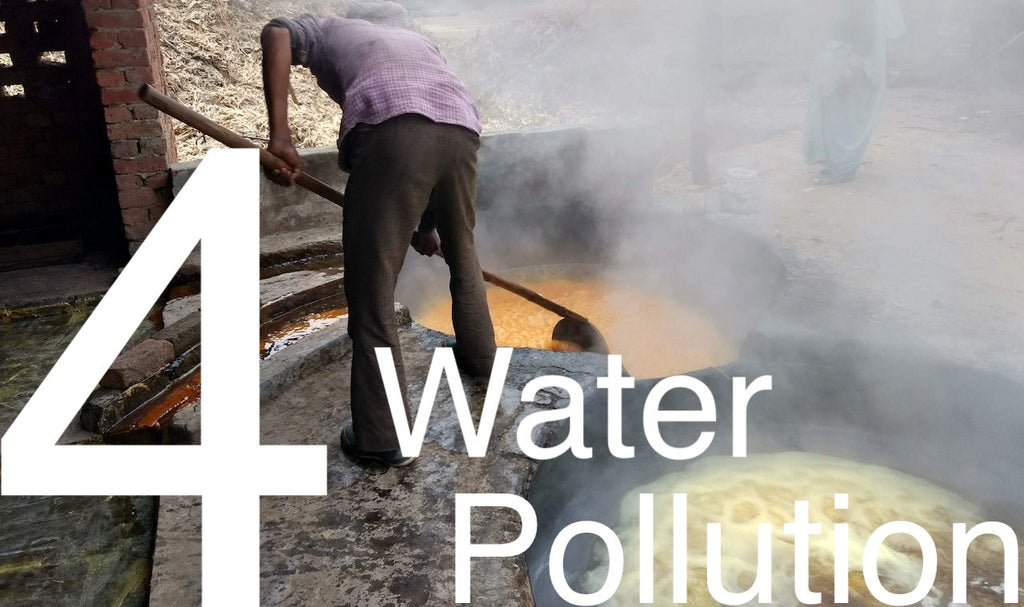
-
Water consumption and drought caused by the fashion industry
Fashion has an enormous water footprint. To produce a kilogram of cotton takes between 10,000-20,000 litres of water. That’s about the same as the T-shirt and jeans you often wear.
More water is then needed to wash, dye and finish clothes. That creates water shortages and drought where the fabrics are grown and produced. The Aral Sea is the example often used, which has been drained by the cotton industry.
What can I do about it?
- Many fibres have a lower water consumption. Choose linen or recycled fibres vs. regular cotton.
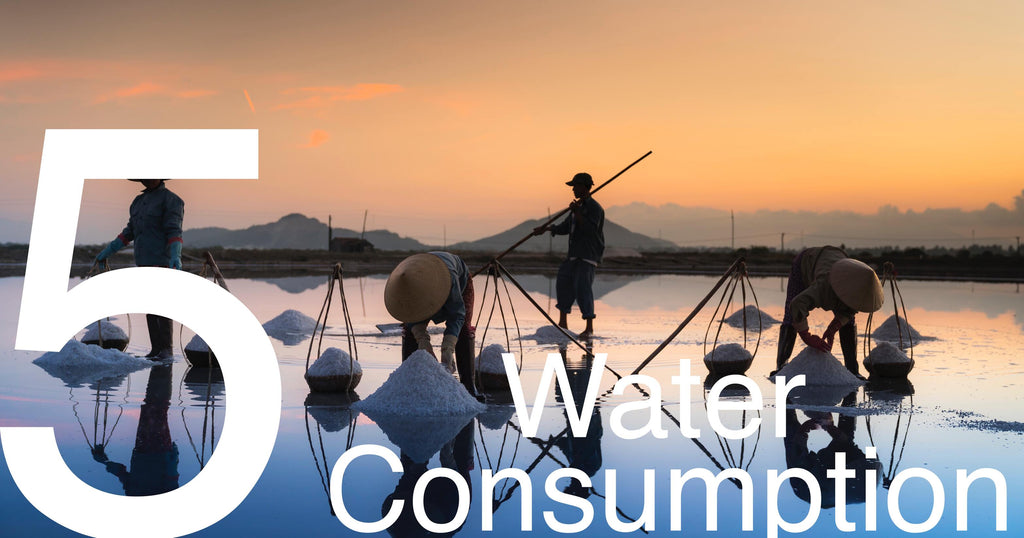
-
Microplastics
Synthetic garments like polyester and nylon shed thousands of tiny microplastics every time they are washed. One study found that up to 700,000 invisible microplastics could be released into the water supply with every wash cycle.
These microplastics are too small to be filtered out at waste treatment centres. They end up in our drinking supply, and make their way into the oceans.
What can I do about it?
- Buy a micro catching wash bag
- Wash clothes less often (this is the most sustainable thing to do anyway)
- Wash on a colder setting
- Air dry your clothes
- Buy natural or semi synthetic fibres
- We’ve written more on how to make your clothes more sustainable here
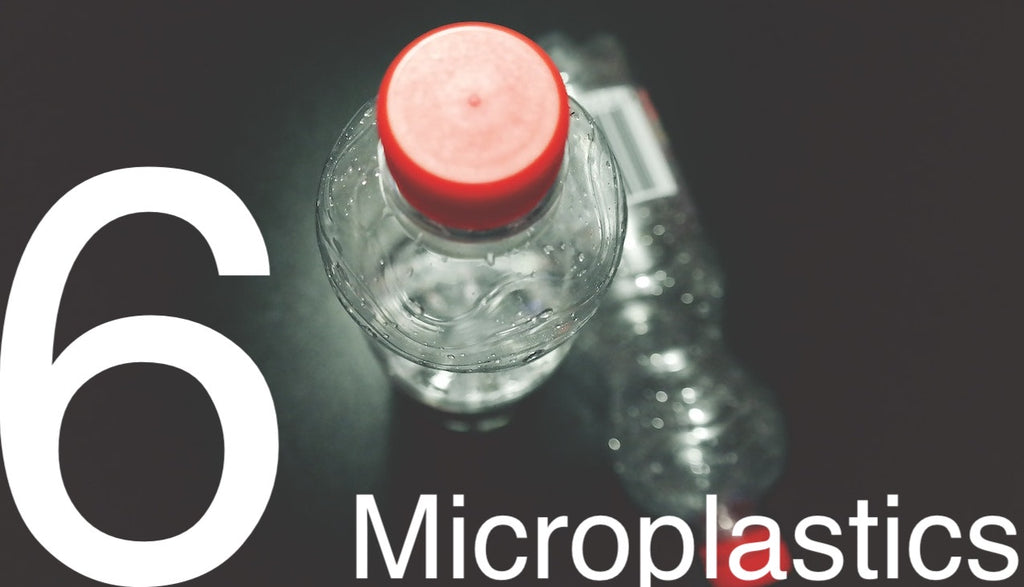
-
Fertilizers, pesticides and chemicals
The clothing industry is addicted to chemicals. From source to finished garment, chemicals play a heavy role at every stage.
Cotton is one of the most chemically dependent crops to grow. It covers 2.4% of agricultural land, but consumes 4.7% of global pesticides and 10% of insecticides.
Fabrics then require chemicals to dye, bleach and process each garment. This causes massive harm to locals as well as pollution and soil degradation to the environment.
What can I do about it?
- Always choose organic fabrics where possible
- Look for sustainable brands like Cariki
- Sustainable fashion brands will label clothes clearly. Look for OEKO-TEX®, GOTS, or other eco labels.
- It’s best to wash any new clothes that you buy before wearing
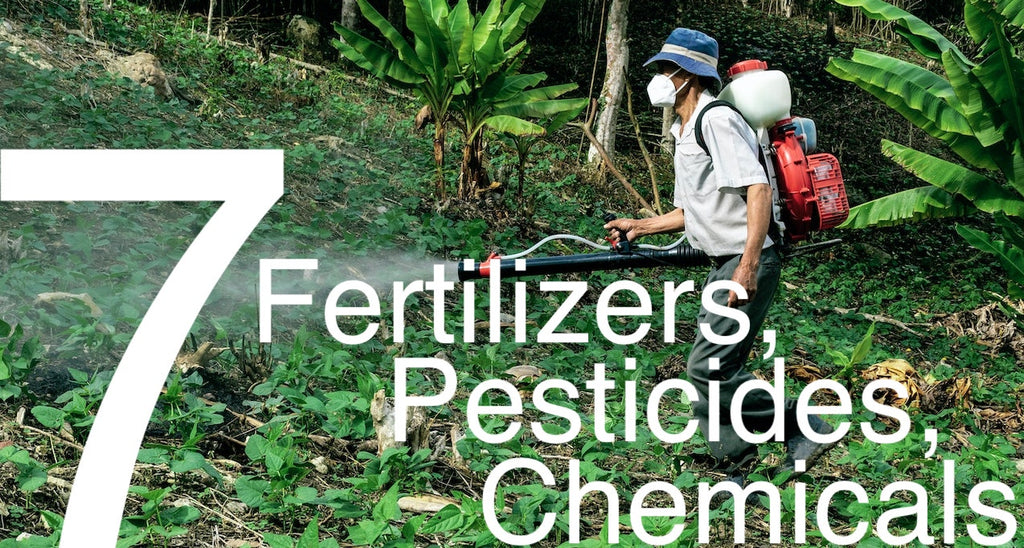
-
Rainforest destruction
Rayon, viscose and modal are made from wood. Many ancient and endangered forests are under threat, cut down and replaced with plantations to produce fibres. 120 million trees each year are logged to make jeans, t-shirts, dresses and even bedroom sheets. This threatens ecosystems and indigenous communities.
Indonesia is one country whose forests have been ravaged, replaced instead with monocrop plantations.
- Buy from FSC approved sources
- Switch your viscose, modal or rayon clothes for sustainable Tencel, or Ecovero
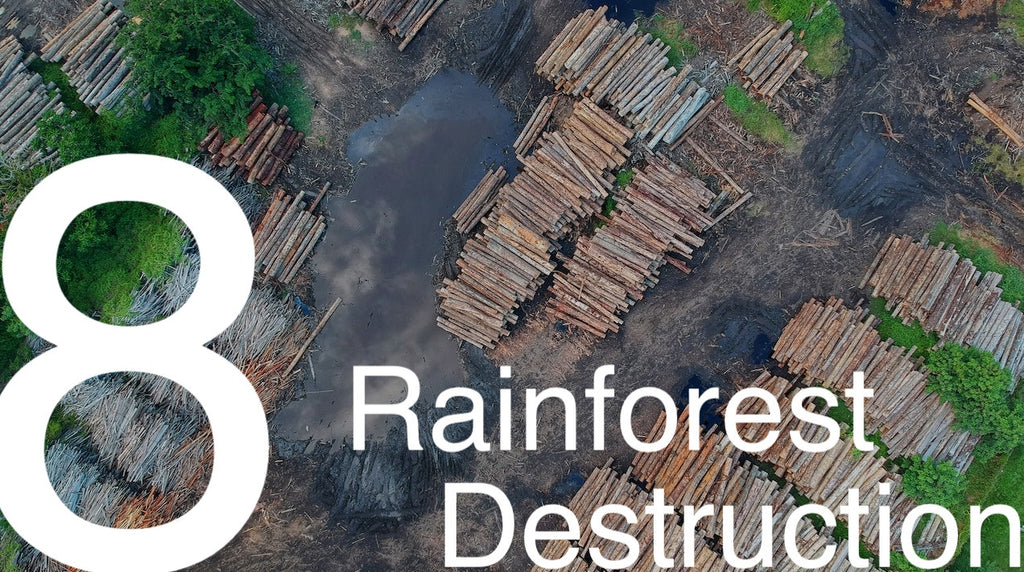
-
Soil erosion and degradation
Healthy soil is crucial for our survival. It is both a carbon sink and helps produce nutritious food for us to eat. This will become more important over the coming years, as climate pressure threatens to reduce global food production by at least 30% by 2050 according to the UN.
The problem is that fashion brands encourage ever higher yields and the exploitation of farms. This forces farmers to overgraze their livestock, add huge amounts of chemicals to crops and destroy natural ecosystems. The end result is the degradation of healthy soils.
- Look for organic fabrics
- Shop using sustainable brands
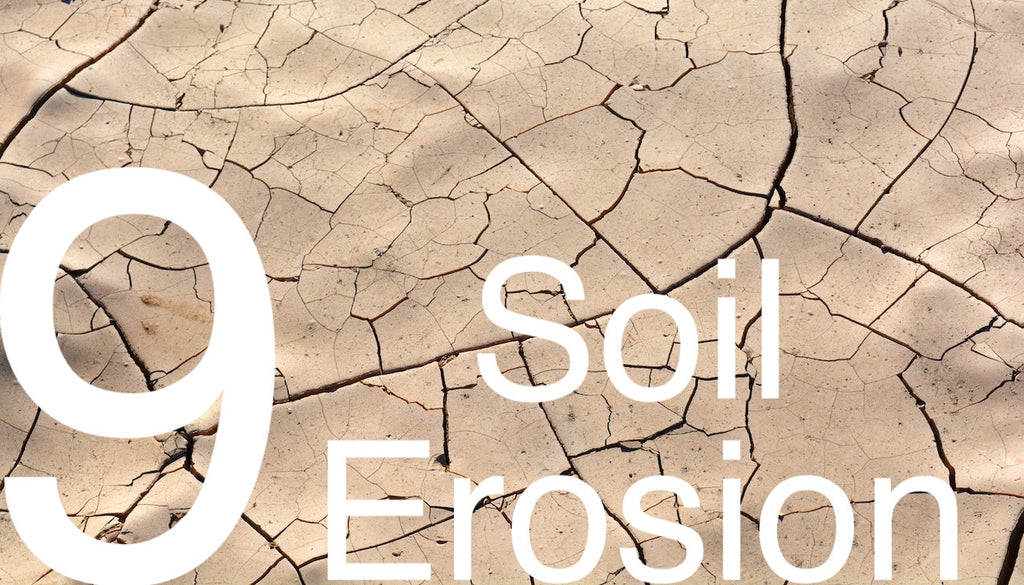
What's Ethically Wrong with the Fashion Industry:
-
Working conditions
The sad truth is that workers rights are often poor or non-existent in many clothing factories. It certainly isn’t helped when fast fashion giants are always searching for ways to cut costs and the next cheapest country to produce their clothes.
The European Parliament has compared many Asian factories as ‘slave labour’. We know that many factories will cut corners in an effort to save cash, yet most of us don’t change our habits.
So what can I do about it?
- Look for labels that guarantee good ethics: e.g. Fair Wear, Fair Trade
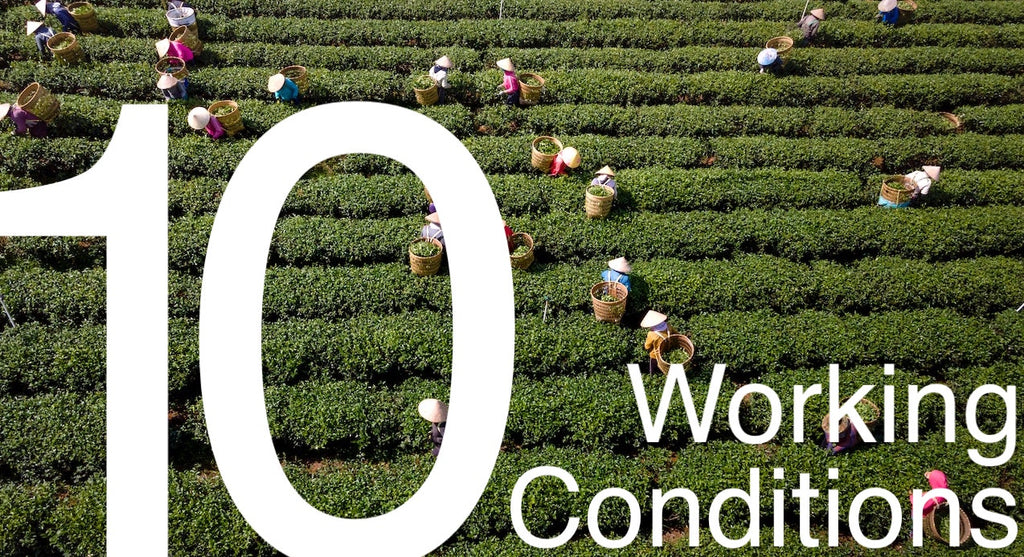
-
Fair wages
Many brands do not pay the minimum legal salary to meet a family’s basic needs. Rent, food, healthcare and education all become an issue for workers of these farms and factories.
This drives child labour, with households unable to survive without an extra income. There is no argument to justify this, despite some fast fashion giants saying it is ‘better than nothing’.
Wages paid are on average 2-5 times less than the amount a worker and her family need to live with dignity.
What can I do about it?
- Again turn to labels like Fair Wear, Fair Trade. Others like GOTS also ensure social responsibility
- Avoid fast fashion giants that you know have a high risk. Is the price too good to be true? Chances are your money is not being fed back to the workers who made your clothes
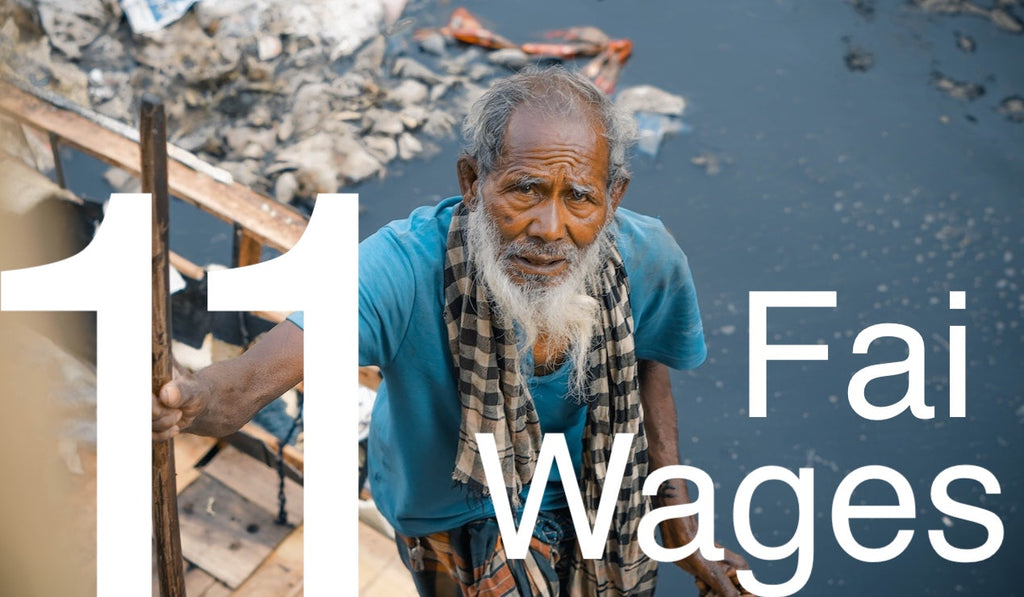
-
Working hours
14 to 16 hour days are commonplace for many garment workers, especially when in a busy period. Wages are too low to refuse overtime, and there is always the risk of being fired if they refuse.
- Shop from brands that promote social welfare throughout their supply chain
- Look for the ‘Who Made My Clothes’ campaign on a brand’s social media

-
Health and Safety Conditions
Health and safety is a continual risk with many fashion manufacturers. The most notorious case is the Rana Plaza disaster in 2013, which killed 1134 workers in Bangladesh.
Many fashion industrial sites have no ventilation, causing stifling heat and forcing workers to inhale dust or toxic substances. Accidents, injuries and illness are frequent.
Some sites encourage workers to turn a blind eye to problems, disincentivizing any activists who might find fault.
- Buy from western countries which ensure safe conditions
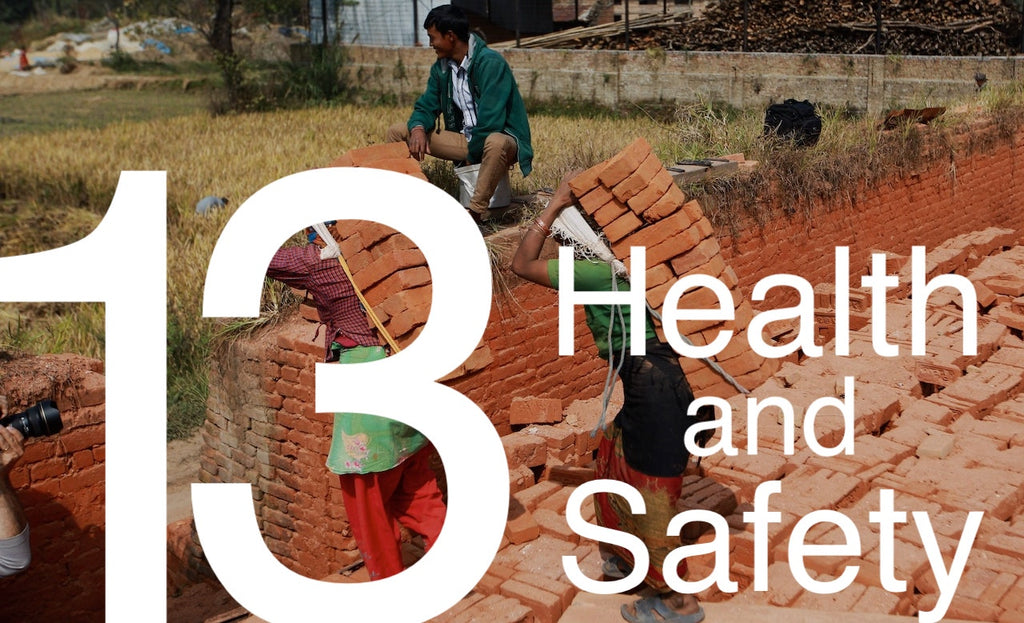
-
Forced Labour
There are several reports of forced labour still being used within the fashion industry. The most notorious example is in China.
Evidence has been found by the Coalition to End Forced Labour in the Uyghur Region that over 1 million Uyghur Muslims have been forced into discipline camps in China. 1 in 5 cotton garments produced from the country can be linked to these camps.
Children can also be forced to work in fast fashion, especially when family wages are low and they struggle to support their children’s education. The International Labour Organisation estimates that 170 million children are engaged in child labour, much of which is to produce clothes for the West.
What can I do about it?
- Avoid cotton clothes that are still made in China, as there is a strong chance it could be made using forced labour

-
Toxic chemicals in our clothes
Chemicals are an important part of the textile production process. They are used to bleach, dye and clean the fibres that we eventually wear. It’s no surprise then that the clothes you buy are loaded with chemicals.
Your skin is your largest organ and will absorb these chemicals over time. One Greenpeace study identified 11 toxic chemicals regularly found in the clothes of 20 common fashion brands.
Another study shows that chemicals found in childrens pyjamas could be found in a child’s urine 5 days after wearing those pyjamas for one night.
What can I do about it?
- Always wash your clothes before using
- Look for labels that prove safer fabrics, like OEKO-TEX®, GOTS
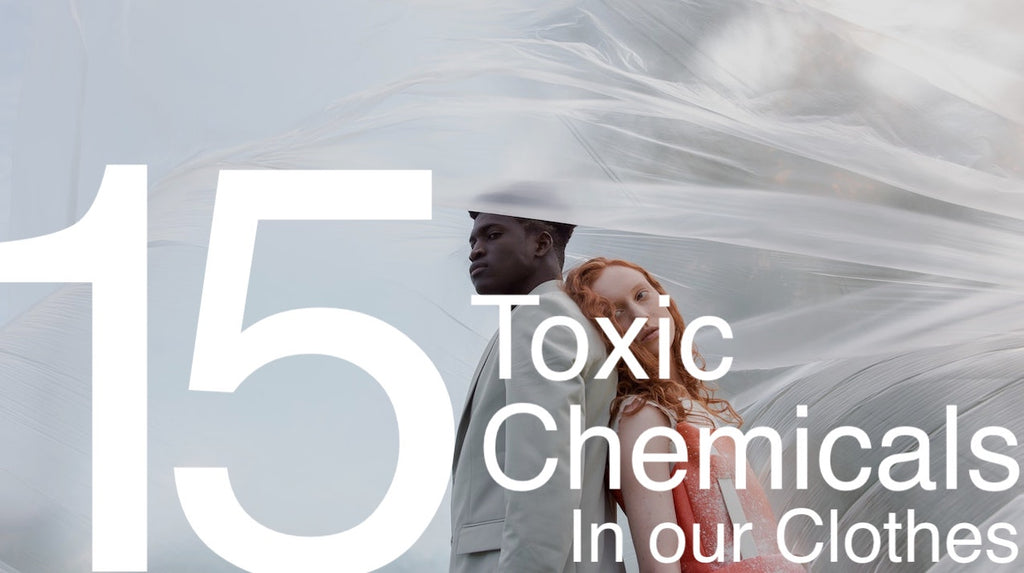
Want to read more?
It’s not all doom and gloom. There are many positive things going on in the fashion industry that you may want to read about.
Leave a comment
Comments will be approved before showing up.